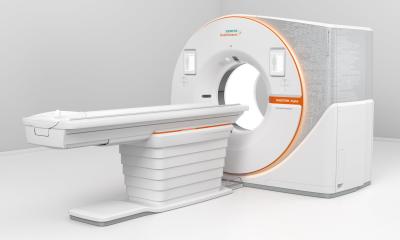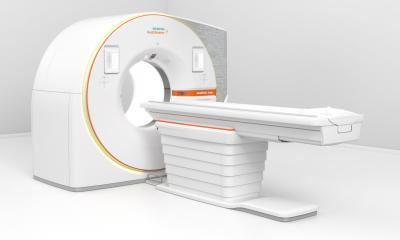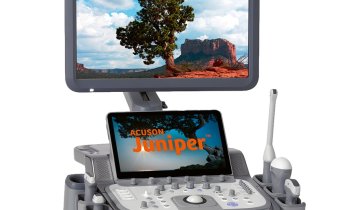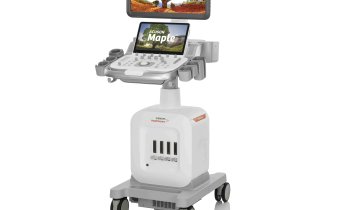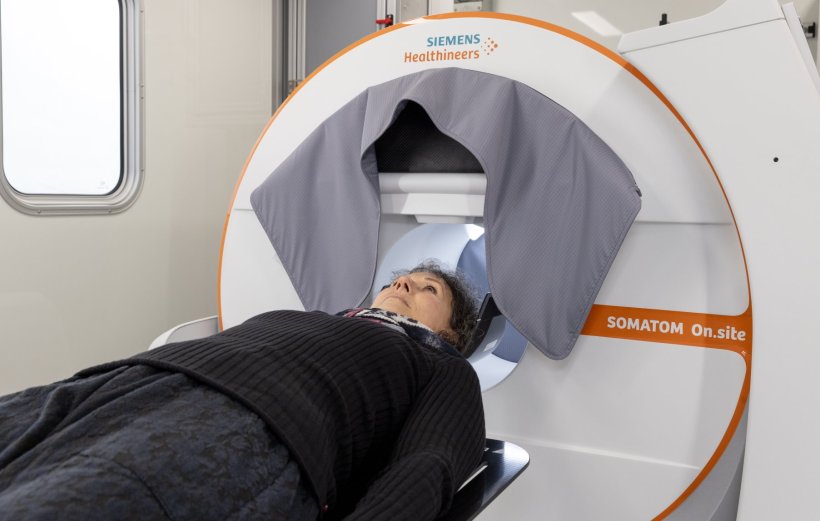
Image source: Siemens Healthineers
News • CT scanner and digital platform
New solutions for mobile stroke units presented at ISC25
At the International Stroke Conference (ISC) 2025 in Los Angeles, Siemens Healthineers is showcasing its new mobile solution to support stroke diagnosis, designed to speed up time-critical therapy decisions and get patients the right treatment as quickly as possible.
At the heart of the innovation is the computed tomography (CT) scanner Somatom On.site, which can be integrated into an ambulance. It delivers high image quality, comparable to stationary scanners, that aids the reliable detection of ischemia or bleeding. It also has a special telescopic gantry that allows easy positioning of the patient’s head in the scanner whilst remaining on the stretcher. Using the digital solution Stroke Connect, hospital physicians can assess clinical patient data remotely. This telemedicine approach allows clinical experts to evaluate the patient in advance, accelerating therapy decisions before the patient reaches the designated hospital.
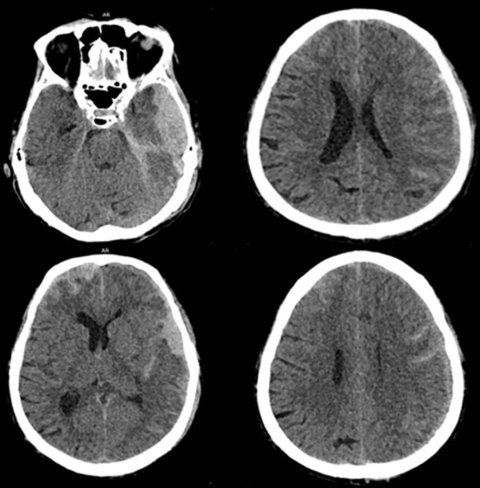
Image source: Siemens Healthineers; courtesy of Siriraj Hospital, Mahidol University, Thailand
According to the World Stroke Organization, one in four people over the age of 25 will suffer from stroke in their lifetime.1 Globally, there are 12 million new stroke cases per year, and because of delayed treatment, many patients are left with life-changing disabilities. To improve this situation and save critical time, mobile stroke units (MSUs) allow pre-hospital diagnosis of suspected stroke patients. Statistics show that these MSUs can reduce the time-to-treatment by an average of 30 minutes compared to conventional stroke pathways and that 65% more patients recover without any health issues.2,3 However, there are still some challenges — ranging from insufficient image quality to a lack of data exchange and high operational costs related to the need for a neurologist on board the ambulance. Siemens Healthineers has developed MSU solutions to overcome these challenges with a focus on image quality and connectivity.
“For stroke patients, timely treatment is of the essence. It can make the difference between a healthy life, and one lived with disability. With the help of Somatom On.site and Stroke Connect, we can effectively help to diagnose patients with suspected stroke early and get them the right treatment as soon as possible,” said Philipp Fischer, head of Computed Tomography at Siemens Healthineers.
Johann Rink, MD, senior physician in radiology and Project Lead Mobile Stroke Unit at University Medical Centre Mannheim, Germany: “In collaboration with Siemens Healthineers, the Mannheim University Medical Centre is working on improving pre- and intrahospital workflows for acute stroke care which includes implementation of a new mobile stroke unit. Somatom On.site, a dedicated head CT scanner which is designed for use in an ambulance, will enable our care teams to make early treatment decisions at the point of care. Stroke Connect, a software solution, is aimed at collecting all relevant clinical patient data and brings our intrahospital expertise into ambulances via telemedicine.”
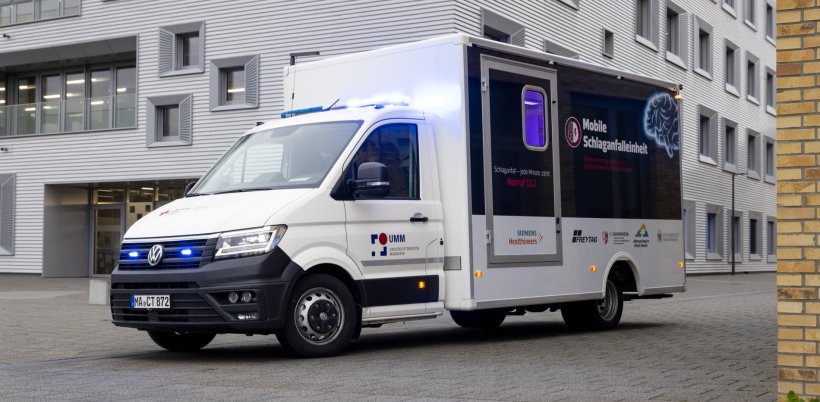
Image source: Siemens Healthineers
Somatom On.site can be seamlessly integrated into ambulances and provides head CT images at the point of care for critically-ill patients with the high-end quality usually produced by hospital scanners. An integrated head holder makes sure that the patient’s head is fixed in the correct, isocentric position of the scanner. Motion artifacts usually caused by scanner movements can be reduced, thanks to the fixed trolley and unique telescopic gantry of Somatom On.site. The digital platform Stroke Connect allows for end-to-end image transfer, thereby bridging pre- and in-hospital data silos. This enables hospital staff, such as radiologists and neurologists, to operate remotely via audio and video and assess the severity of the stroke, optimizing resources without compromising on care quality. Early diagnosis in the field allows patients to be directly triaged to specialized care, such as the angio suite for thrombectomy.
Carsten Bertram, head of Advanced Therapies at Siemens Healthineers, said: “Improving stroke care means improving the lives of many. Our offerings for mobile stroke units underline our commitment to do exactly that. We truly believe that this way of delivering stroke care, right at the point of care, can make a massive difference in patient outcomes. This is another important step on the way to unlocking optimal stroke care.”
References:
- World Stroke Organization (WSO): Global Stroke Fact Sheet 2022
- Mackey J, Yamal JM, Parker SA et al.: Golden Hour Treatment With tPA (Tissue-Type Plasminogen Activator) in the BEST-MSU Study; Stroke 2023
- Turc G, Hadziahmetovic M, Walter S et al.: Comparison of Mobile Stroke Unit With Usual Care for Acute Ischemic Stroke Management; JAMA Neurology 2022
Source: Siemens Healthineers
06.02.2025




